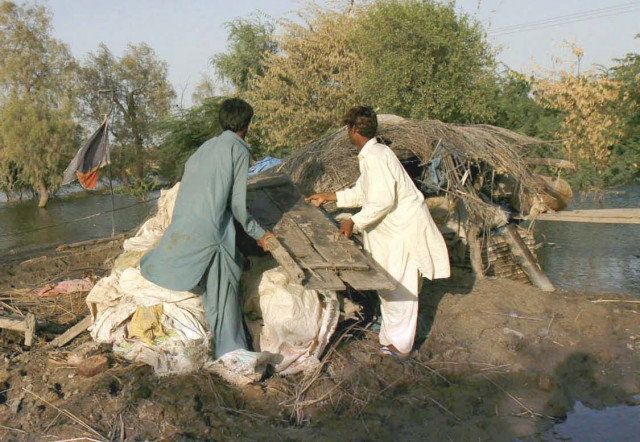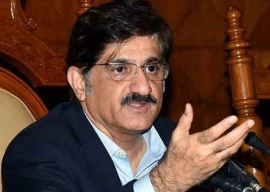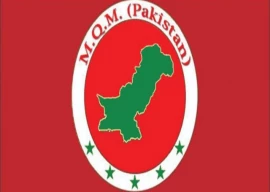
At a seminar organised by Shehri on land management and resettlement in the post-flood situation, on Saturday, UN Habitat consultant Babar Mumtaz gave a detailed presentation on reconstruction in the province. “Infrastructure, which includes water sanitation and roads, should be developed with increased density, reducing travel times,” he maintained.
With consensus on construction principles, each province, district, settlement, neighbourhood and community can fine-tune the details and make adjustments to suit its needs, Mumtaz added. He also pointed out that affected communities should be at the centre of decision making.
Defining the institutional arrangement, he advised that it should be addressed at the provincial level with the Provincial Disaster Management Authority (PDMA) in charge - looking after the overall coordination, the housing and settlement reconstruction and convening district housing and settlement task forces to identify the needs and support the development of recovery plans.
Meanwhile, PDMA Sindh director-general Saleh Farooqui said that in the reconstruction phase, the most important part is to see the whole canvas and do regional planning accordingly, instead of dealing with parts of land independently.
He emphasised that before actually embarking on the reconstruction phase, it is important to address institutional policy and planning issues. “The pre-requisite is that we drain the water in areas still inundated in upper Sindh, below Dadu and at Manchar, and then follow the technical plans,” he explained.
Land rights in the kachcha areas are also an issue. “Building a one-room house for someone living in a shack means additional space for the kitchen and the toilet. The government needs to figure out where they will get the extra land for that - the government or the land owner?” Farooqui pointed out.
The director-general said that PDMA is now working on data management, institution building, policy changes and formulation for coping with the effects of the flood.
Drawing attention to land-use planning after the floods, Dr Noman Ahmed, the chairman of the architecture and planning department at the NED university, said the desirable situation is that people are resettled with improved construction, surface drainage and social and physical infrastructure.
However, therein lies the challenge.
There should be post-flood land-use analysis, along with land and surface drainage assessment planning and development, emphasised Ahmed. “Development projects need to be reviewed with respect to the emerging situation, putting the high-cost and low-priority projects on hold.” The government should develop a conflict-resolution mechanism, work for the coordination of multi-stakeholder inputs and install elected local governments as soon as possible, he advised.
It should revive community infrastructure: brick-making yards, construction material shops and artisan markets.
Dr Ahmed recommended that capacity analysis must be undertaken to ensure suitability of settlements and a comprehensive land information system must be made with variables of ownership, status and occupancy profiles.
Speaking on the government’s role for immediate disaster management in Sindh, the ruling party’s Taj Haider said the provincial government met the challenge of the internally displaced peoples by establishing camps. He called it a ‘miracle’ that no epidemics broke out in the camps.
Published in The Express Tribune, October 29th, 2010.


















COMMENTS
Comments are moderated and generally will be posted if they are on-topic and not abusive.
For more information, please see our Comments FAQ